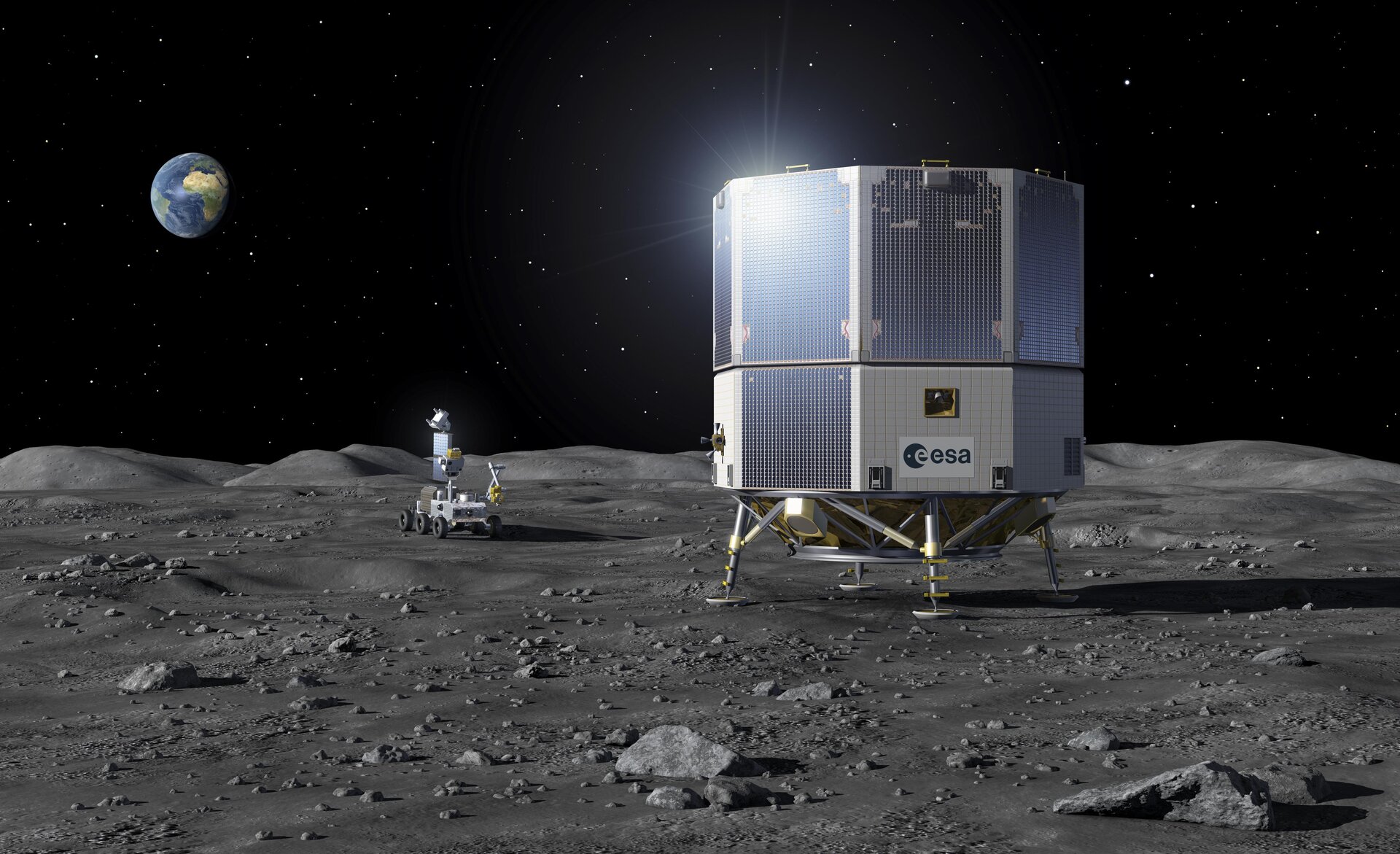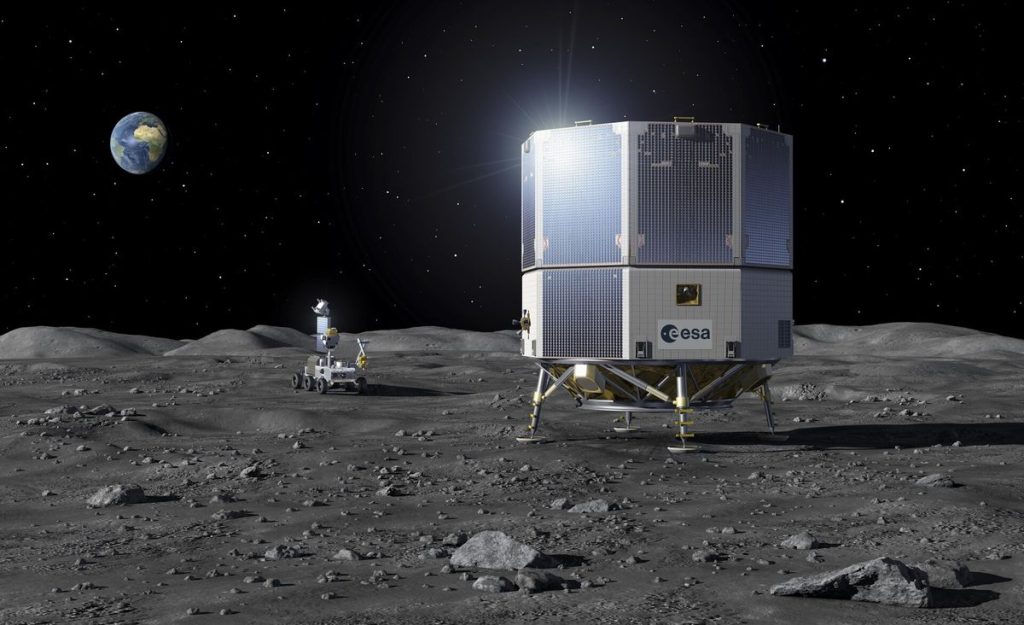
The European Space Agency (ESA) has signed a contract for a moon lander that’s expected to last for years in the harsh environment of the lunar surface.
The European Space Agency handed Thales Alenia Space a contract worth nearly $900 million to build the Argonaut Lunar Descent Element, which will transport and land the spacecraft on the moon. The descent element will be one of three main components of Argonaut. The other two will be the cargo platform element and the lander payload.
A team led by Thales is now charged with delivering the Argonaut Lunar Descent Element in 2030. The first operational mission, ArgoNET, is planned to launch in 2031.
Argonaut will have a payload capacity of 4,400 pounds (2,000 kilograms). Cargo could include supplies for astronauts, mobile spacecraft such as rovers, science and technology payloads and elements for lunar bases.
“The first mission is envisioned to deal with delivery of dedicated navigation and telecommunication payloads as well as energy generation and storage system[s], as European enterprises to explore the Lunar southern area,” a Thales Alenia Space statement reads.
The spacecraft is designed to have a long life on the lunar surface, according to ESA, being able to survive the harsh temperature swings between lunar night and day for five years. Its longevity will assist sustainable lunar exploration.
“The Argonaut contract signature is a pivotal moment for Europe’s lunar exploration ambitions,” Daniel Neuenschwander, ESA Director for Human and Robotic Exploration, said in a statement.
Breaking space news, the latest updates on rocket launches, skywatching events and more!
“Argonaut will enable Europe to contribute meaningfully to international partnerships, while paving the way for a sustainable human presence on the Moon. Europe is on its journey to the Moon and has broken the ground towards European autonomy in exploration,” Neuenschwander added.
Argonaut is one way in which ESA is getting involved in international lunar exploration endeavors, most notably the NASA-led Artemis program.








